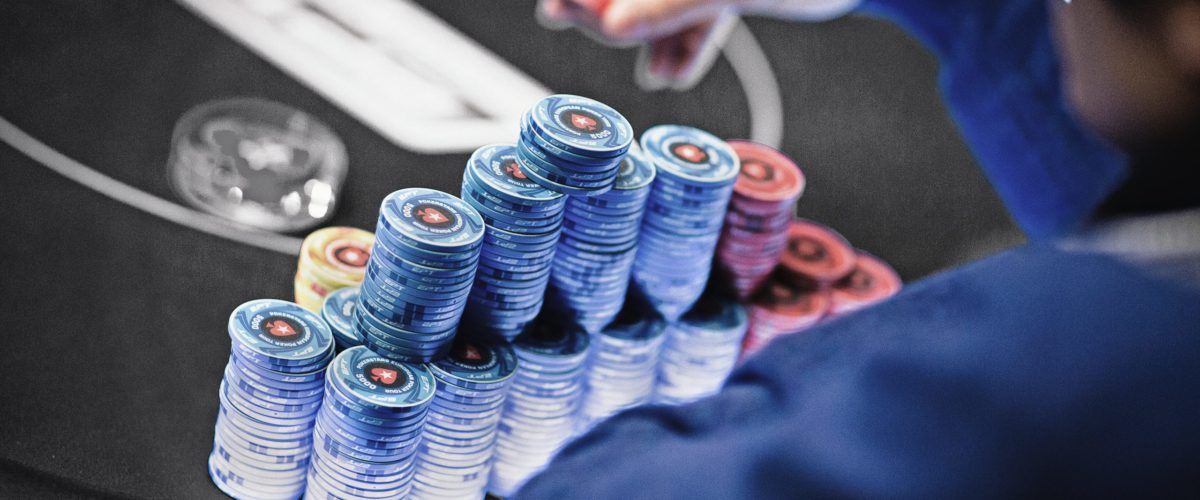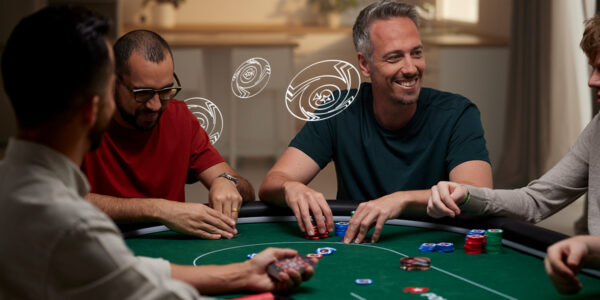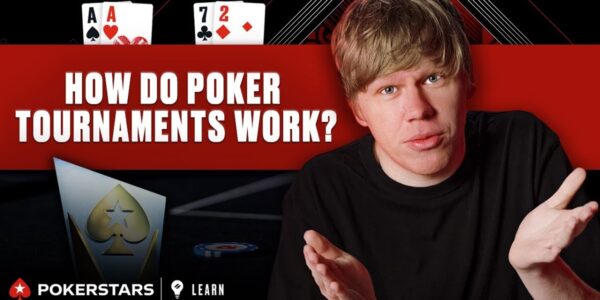Hand Reading for Beginners – Polarised Ranges vs. Merged Ranges
When you bet the flop, you force your opponent to fold some hands. This makes his range narrower and stronger than it was previously. When you bet again on the turn, Villain is again supposed to fold the weakest his weakest hands, leading to a further contraction in his range. By the time you reach the river, having bet both the flop and the turn, and having been called, Villain will hold a high concentration of made hands above a certain strength and no air apart from maybe missed draws. Therefore, it would make no sense for you to bet the river with medium strength hands. If you did that, your opponent would simply be folding the missed draws and anything worse and calling only when he has you beat. This is the definition of a bad bet. It is a bit like playing Russian Roulette. Either nothing happens (he folds) or you blow your brains out (he calls with a better hands). There is nothing to achieve by making such a bet.
Understanding Polarised Ranges
A polarised betting range is one which bets with either strong hands which expect to be a favourite if they get called and weak hands which can make a lot of Villain’s better hands fold. These notions are more commonly referred to as ‘value betting’ and ‘bluffing’. A polarised betting range bets no medium strength hands. It does not bet any hands with the sole purpose of denying equity to the worse hands in Villain’s range. For example, on the turn after c-betting the flop we do not bet JJ on A64K. Even though we could deny a little bit of equity to a hand like 88 by making it fold with two outs to improve, this is not a trade off in our favour. JJ is not a value bet, nor is it a bluff, so we check because we want to bet with a polarised range here when Villain has called a flop bet and strengthened his range. We bet this turn with Ax+ for value (like AJ for example) and bluffs that lack showdown value such as QJ.


When Villain calls your bet, the quality of hand you need for value betting on future streets goes up. Your range should become more and more polarised as Villain’s range gets narrower and stronger.
Playing Against a Polarised Range
Against a polarised range we want to raise rarely because Villain has defined his holding as something either very strong or very weak. We would gain little by raising against the nuts and we do not need to raise to beat a bluff. Raising against a polarised range, then, normally just means paying extra money against Villain’s strong hands and making an unnecessary play against a bluff. We have all chuckled (good heartedly of course) at the rank beginner who states that he is raising a pair because he thinks his opponent is bluffing. It is possible to have some raises against a polarised range, but we would want to be raising an even more polarised range ourselves. If Villain’s range is extremely polarised, for example when he over-bets the turn, we usually just want to play a call or fold strategy because we have so little to gain by raising against either the nuts or air.
Identifying When Villain’s Range is Polarised
A competent player will usually be polarised if he:
- Bets big on a later street
- Raises a flop bet
- Raise the turn
- Raises the river
- Over-Bets the pot
- 3-Bets from the big blind
But a weaker player might not be polar even when he takes these actions due to having a poor understanding of why he is betting.
Understanding Merged Ranges
A merged betting range is one that contains medium strength hands as well as stronger hands and bluffs. These medium strength holdings can be hands like thin value bets or vulnerable made hands which are betting to deny equity to some weaker hands in the opponent’s range. It is often correct to bet with a merged range on the flop when Villain’s range is very wide and unfiltered. For example, when we c-bet with AQ on a flop like 855 we are betting with a merged range. This hand is not a clear value-bet since it is not ahead when called, nor is it a bluff since it folds out no better hands. The gain from this bet mainly comes in the form of making Villain fold worse hands which have two live cards. We call this gain ‘protection’ or ‘equity denial’.
It is possible to bet with a merged range when Villain’s range is still very wide, but as he starts to tighten by calling your bets, it is important to switch to a polarised betting strategy.
Playing Against Merged Ranges
A merged betting range contains many fairly weak hands, medium hands, and fairly strong hands. As a result, and in contrast to playing against polarised ranges, there is a lot of incentive to raise aggressively vs. a merged range. We can raise more thinly for value because Villain can be bet/calling some quite strong hands that are weaker than our hand. Moreover, we can expect bluffing to have a reasonable expectation with the right holdings because Villain can be bet/folding some quite weak hands that would beat us at showdown.
The more merged Villain’s betting range is, the more merged our raising range can become.
Identifying when Villain’s Range is Merged
A competent player will have a merged betting range when he:
- Bets a smaller size on the river (this will still be polarised to some extent bit more merged than if he had used a large bet.
- C-bets the flop small.
- Raises pre-flop on the button.
- Calls a bet
- Checks when he could have bet
Weaker players might have merged ranges when they take more aggressive actions than these.
Conclusion
The main ideas, in summary, is that more aggressive actions should denote more polarised ranges and that we should play more passively against polarised ranges and more aggressively against merged ranges. Join me for episode five of this series where we shall discuss identifying and attacking capped ranges.











